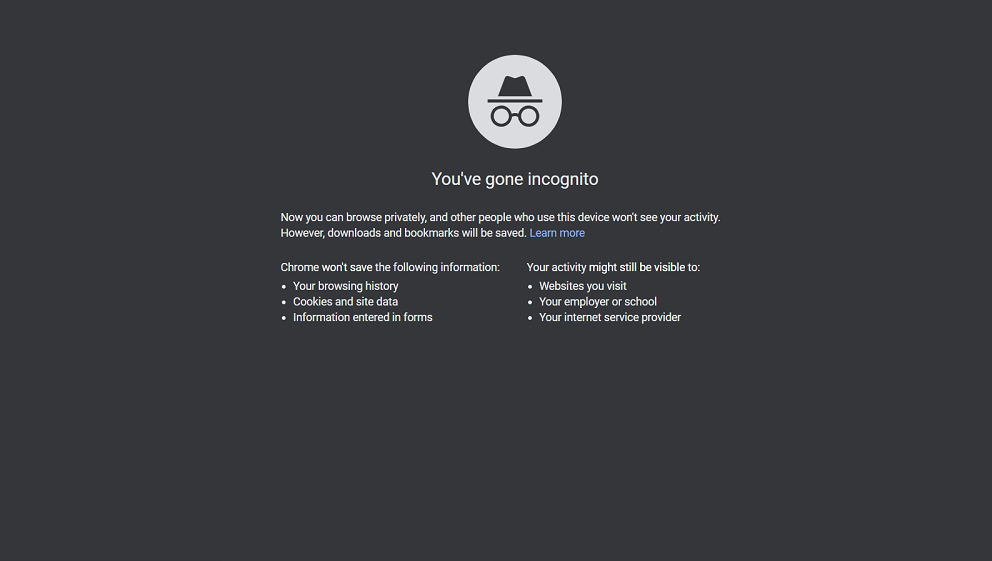Incognito mode detection still works in Chrome despite Google’s Promise to Crack it Down

Websites can still detect when a user is visiting using Chrome’s incognito (private browsing) mode. Last year Google took a chance to crack down incognito detection as a way to protect users’ privacy, but almost a year down the line nothing has changed, reports ZDNet.
Incognito mode detection is pretty common with the websites that have paywalls and other content restrictions. These kinds of websites usually block users in incognito mode as most of them rely on this to bypass paywalled content or content restrictions.
Visitors using incognito mode also benefit from the intrinsic anti-tracking features embedded in browsers thus preventing websites from tracking them and monetizing their traffic fully.
Consequently, Google advised publishers to implement various strategies to prepare for the new dawn. It encouraged publishers to start “reducing the number of free articles someone can view before logging in, requiring free registration to view any content, or hardening their paywalls.”
The update started in Chrome 76, rolled out in July 2019, which included the FileSystem API that blocked websites from detecting whether a visitor was using incognito mode.
Shortly after its rollout, developers had already come up with ways to bypass Google Chrome’s restrictions. This also applies to all Chromium-based browsers, including Edge, Opera, Vivaldi, and Brave.
In an update issued in January, the company said it plans to address the two loopholes which could be used to detect Incognito Mode sessions. Those updates were to ship with Chrome 80 which debuted in February.
The first fix involves handling permanent file system requests similarly to temporary requests. Secondly, through abolishing the 120MB data storage limit in Incognito Mode, instead dynamically allocating the quota based on available memory. Even though Chrome 80 was shipped in February, no fix ever came on that front – to date.
Follow us on Telegram, Twitter, Facebook, or subscribe to our weekly newsletter to ensure you don’t miss out on any future updates.



